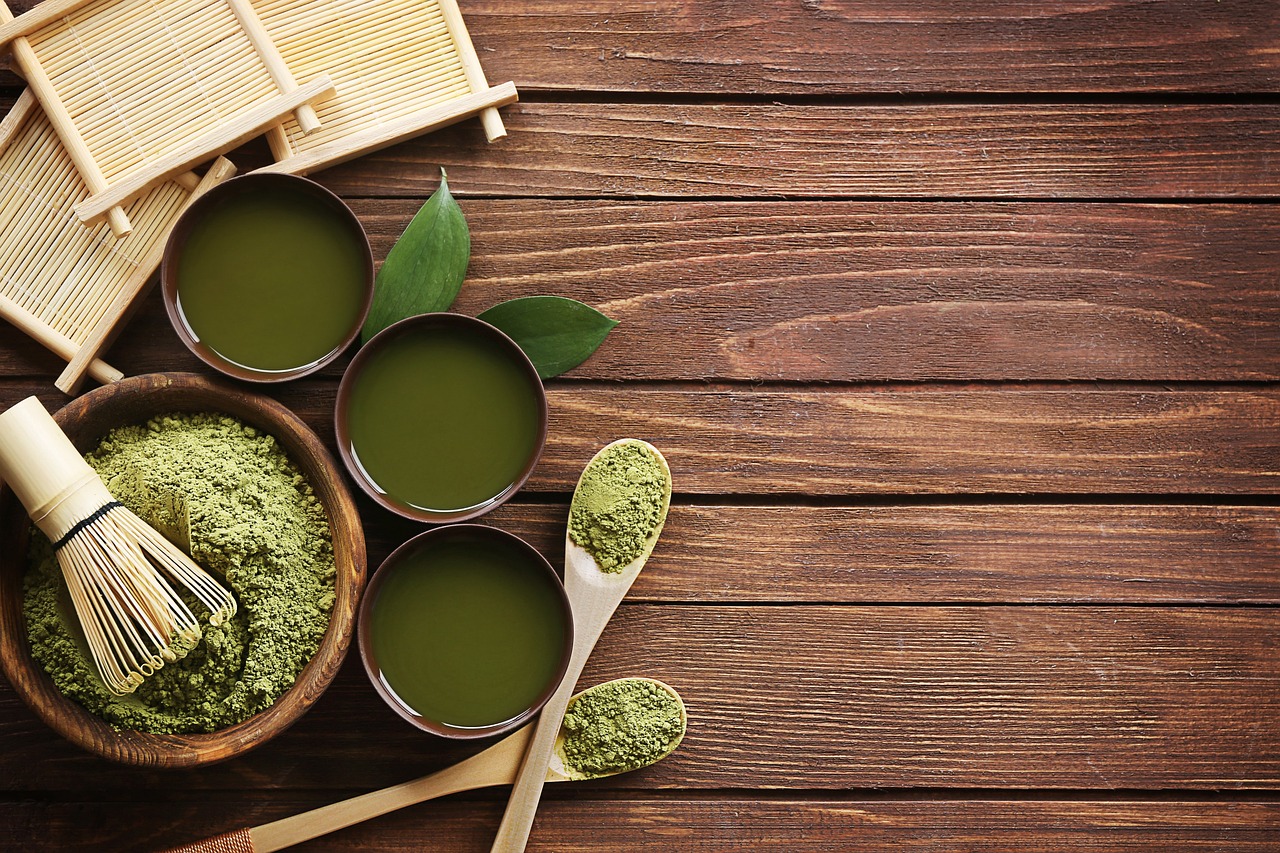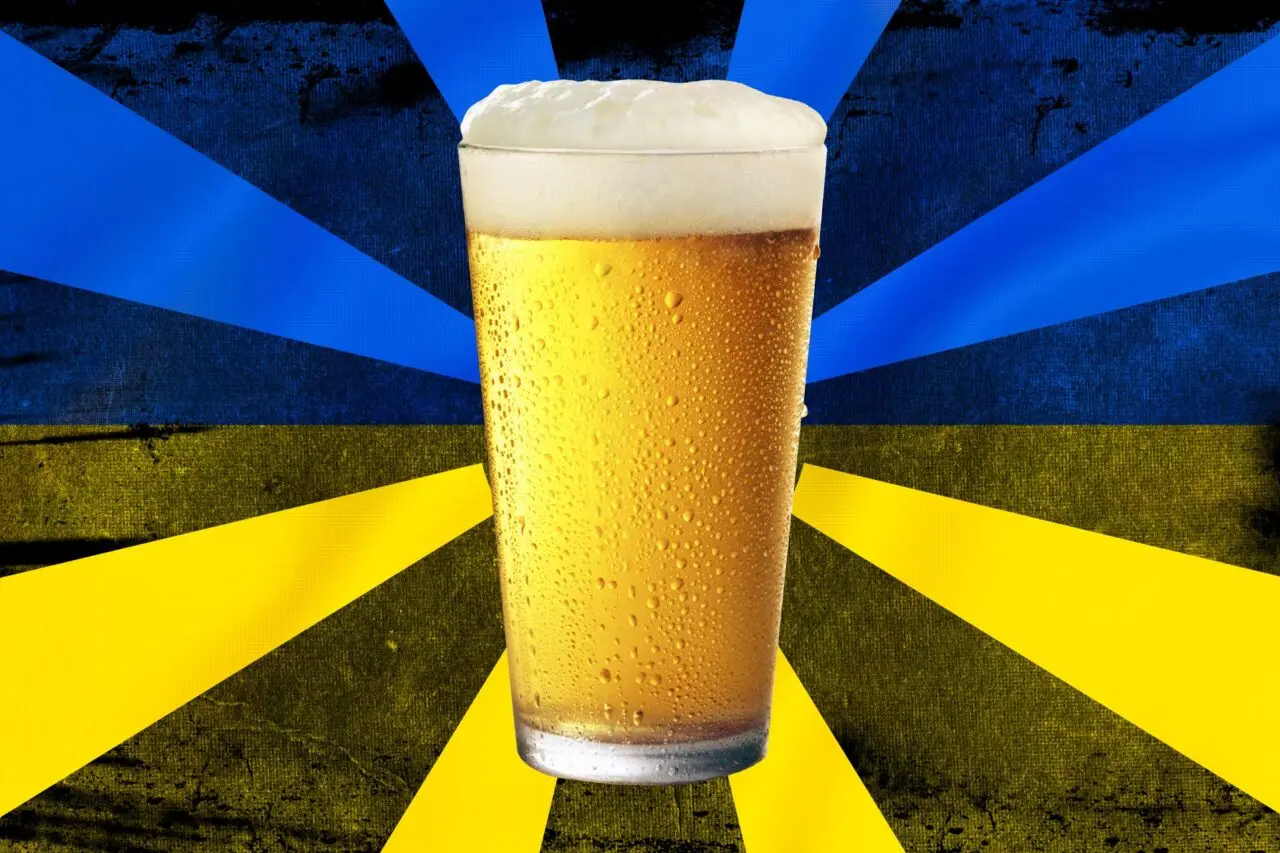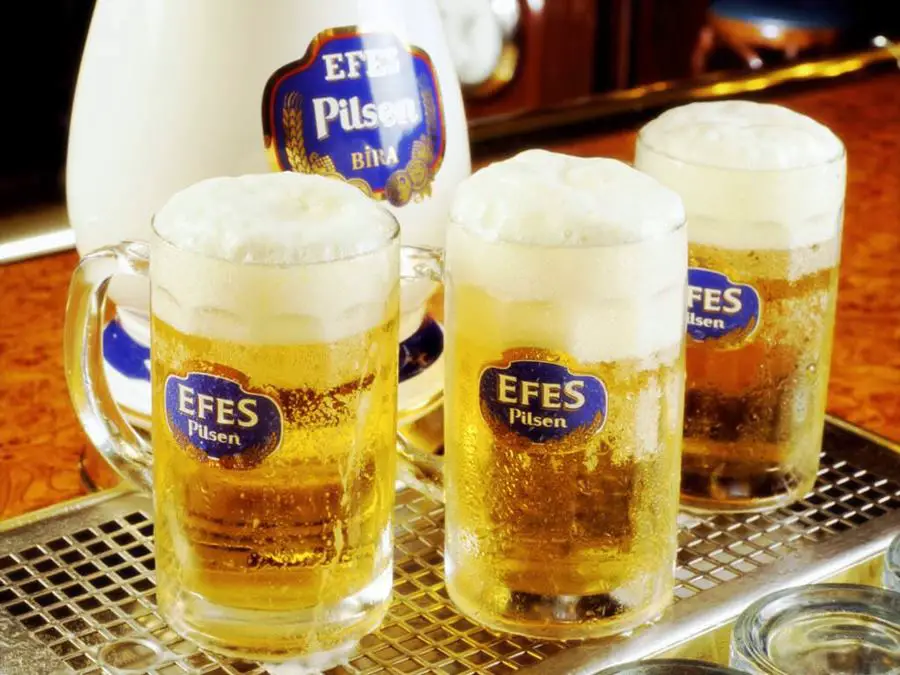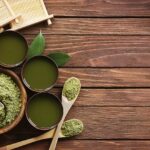Did you ever crave that foamy chilled drink in your friend’s glass? The tiny carbonated bubbles and the invigorating sip your friend is enjoying. That little machine in your head starts spinning, and you start to wonder what a beer tastes like.
If you have never drank a can of beer in your life – chances are, you are still living with your parents. Beer has become an integral part of culture. You can see teens, college students, and adults enjoying their favorite beers and partying till they can handle no more. But why does everyone love beer so much?
The answer is pretty simple. You would never drink a beverage that looks tempting but tastes gross. For many, beer is the most delicious beverage on the planet, while others who don’t like it- guess they have never tasted a good beer in their lives.
Beer is the most consumed beverage after coffee and tea in the U.S. According to Statista, “In the beer market, the projected volume is anticipated to reach 23.34 billion liters by the year 2027. The market is expected to exhibit a volume growth rate of 1.0% in the year 2024.”
The love for beer among beer enthusiasts has certainly increased over time. Let’s dive into the article to find out what a beer tastes like and whether it’s really worth drinking.
Table of Contents
ToggleWhat is a Beer?
A beer is an alcoholic beverage made from hops, water, yeast, and grains. Beer can be classified as ALES or LAGERS. Lagers are produced by using bottom-fermenting yeast at a cold temperature, while in Ales, fermentation takes place on top of the vessel at a warmer temperature.
You can find tons of books on the topic, but the truth is until and unless you taste it – you can never figure out what it actually tastes like. But don’t worry; this post contains all the info you need to start your journey as a beer enthusiast. From tasting it for the first time to its variety of flavors available in the market, you will feel like you have a complete beer taste guide in your hands.
How does beer taste the first time?
The answer depends on what kind of beer you’re drinking for the first time. This is a unique experience so make sure you start with a quality brand. Some people prefer Budweiser or Bud Light, while others enjoy a more local version.
Whatever beer style you pick, it will give off a bitter taste at first sip followed by the sweetness of malts and additional flavors by other ingredients. You might think, “Uugh…It tastes so horrible,” but later, when you try out a different style, you might actually get addicted to it.
The main reason beers are bitter is because of hops. Hops keep the beer fresh and help extend its shelf life. These hops are added in the brewing process which contributes to the hoppy-bitter flavor in the drink. If you want to have a great first-time drinking experience- try out craft beers like Porters or Stouts.
What Is The Taste of A Beer
When it comes to picking a beer, you have a vast variety of flavors to choose from. Some beers have a clean taste, while others have a combination of different flavors like chocolate and coffee notes. Do you want to know the flavor profile of beers? Check out these 14 common tastes these brewskis bring to the table.
Crisp or Clean
When you label a beer as “crisp” or “clean”, you are saying that it’s a refreshing drink that is super light on your taste buds. These beers are all about that light and airy vibe. They are crisp because of the low percentage of residual sugars and a noticeable carbonation level. And when you sip on one, you can expect a dry and refreshing finish. Crisp drinks are perfect for warm weather when you wanna quench your thirst with an alcoholic drink.
Malty or Sweet
If you wanna enjoy a sweeter touch, then try out malt flavor beers like Amber Lagers. Wheat beers or Doppelbocks. Malty beers have a prominent sweetness like that of caramel, coffee, or nuts. The sweetness comes from the malted barleys and gives the drink a rich dessert flavor that is not too heavy on your palate. The level of sweetness varies from subtle to intense, depending upon the type of beer and how it is brewed.
Dark or Roasted
Dark color beers tend to have a roasted flavor. When you take a sip, you can sense the notes of coffee, chocolate, burned sugar, or caramel. Roasted flavor beers are unique with a hoppy aroma as toasted malts are used in the brewing process rather than regular ones. It’s a go-to drink for those who love to enjoy a rich and robust beer experience.
Hoppy or Bitter
Unlike dark beers with a sweet and malty flavor, the addition of hops increases the level of bitterness in the drink, which can go from smooth to harsh. You call it a “hoppy drink” when you can sense the prominent aroma of hops and an extra bitter taste in your mouth. These beers usually have a fruity, floral, citrusy, piney, earthy, herbal, or slightly spiced flavor and aromas. You can enjoy it with a steak or Mexican cuisine.
Fruity
If you’re a fruit lover, you won’t be disappointed. Some beers have fruity flavors which can range from citrus and tropical fruits to specific fruit profiles like apple and cherry. But what actually makes this fruity and flowery aroma?
According to the National Library of Medicine, “ Yeast and hops contribute to the fruity and flowery taste in beers.”
The beer may have a subtle fruit flavor or a more prominent one, depending on its brewing process. Fruits can be added at the beginning or end of the fermentation process, which gives it a balanced flavor. In short, you can feel the fruity notes as a result of actual fruits, juices, or other additives used in brewing the beer.
Smoky
A beer flavor that’ll make you feel like sitting next to a campfire. To create a smoky flavor, dry malted barley over an open flame. It is hard to brew these flavors as the brewmasters have to maintain a balance of all flavors arising from yeast, hops, and malted grains. Sometimes, the beer is exposed to specific wood smoke like beechwood or cherrywood, which creates a smoky aroma. It has a complex flavor loved and enjoyed by many beer lovers.
Tart
The tart flavor in beer has more of a sour and acidic mouthfeel, kind of like cherries, lemon, or green apples. The main reason for tartness in beers is because of microorganisms like lactic acid bacteria and wild yeast strains. The addition of certain fruits in the brewing also adds tartness and increases its acidity. Beers are left to age in barrels or allowed to ferment for a longer period to attain the desired level of tartness. An awesomely refreshing flavor to enjoy in summer!
Spicy
Relax! It’s certainly not like eating jalapenos. Spicy flavored beers have a bold flavor and give you a tingling feeling in your throat. This sensation is caused by the addition of certain spices, herbs, and botanicals in the brewing.
But brewers know how to create a perfect balance between spices, the sweetness of malts, and the bitterness of hops- that is not too harsh on the taste buds. Higher carbonation also increases the spiciness of beers. Yeast, spices, hops, or other ingredients, no matter what technique is used, adds complexity to the overall taste of your booze.
Chocolate
Chocolate flavors in beers come from roasting malted barley at high temperatures, which gives the grains a chocolatey flavor. This chocolate malt is added to the brew to craft a chocolate-flavored beer. Some brewers also use actual chocolate or cocoa during the brewing process to give it a more intense, heavy flavor. Some of its flavors have a bitter dark chocolate flavor, while others have a sweet, smooth, and velvety mouthfeel.
Whiskey
If you are a whiskey lover, you’ll get easily addicted to this flavor of the beer. Beers are aged in barrels that had whiskey previously stored in them. The leftover residual interacts with beers, giving it a caramel, vanilla or a more prominent whiskey flavor. Special malts that have roasted or caramelized notes are also added by brewers to obtain a complex and tempting whiskey flavor.
Earthy
It feels like taking a sip of nature. These flavors are mostly derived from yeast strains that produce phenolic compounds that give the beer an earthy and herbal flavor profile. You can also sense woody or grassy notes when certain types of hops are added to the brew. Some brewers use spices, roasted malts, and botanicals to achieve the desired flavor. Whether it’s a light herbal flavor or a boldly woodsy one, beer enthusiasts know they are in for a treat.
Wheat
If you wanna enjoy a refreshing flavor drink with mild bitterness, then you should give wheat-flavored beers a shot. They are light in color and not too overwhelming for your taste palates. They tend to have a fruity and spicy taste with a smooth mouthfeel. Along With barley malts, wheat malts are used in brewing these kinds of beers. You can find different varieties in flavors of wheat beers ranging from banana and clove notes to orange peel and coriander accents.
Ester
Ester-flavored beers have floral, fruity like banana or pear, and sometimes spice-like tastes. When yeast metabolizes sugar, it creates byproducts such as esters, which contribute to the overall ester flavor of the drink. Belgian Ales and English Ales offer a distinct ester flavor.
Bread
Kinda feels like freshly baked bread in your mouth. Brewers carefully select the type of malts that give a biscuit or wheat-like flavor profile to the beer- mostly Munich Malt and Vienna Malt. Another technique that creates a bready beer is the roasting of malts at a specific temperature. Overall, they have a smooth and sweet mouthfeel.
Beer Styles And Their Flavors
It’s time to dive into the world of beer. When you take a sip, you can immediately find one of the flavors or a combination of different flavors stated below. You can also check out what food is a perfect match with your drink to make your taste buds feel like throwing a party.
| Beer Style | Flavor | Food Pairing |
| Lager like Pilsner | Crisp | Roast Chicken, Grilled fish, Sushi, spicy dishes |
| Stouts, Porters, Amber Ales/Lagers,Dark Lagers, Hefeweizen and Dubbels | Malty or Sweet | Grilled meat, Stews, Desserts and roasted root veggies |
| Stouts and Porter(Imperial Stouts, Baltic Porter,Schwarzbier, Dry Stout) | Dark or Roasted | Barbeques, rich desserts, Grilled Steaks, Sausages |
| Indian Pale Ale (IPA), Imperial IPA, Pale Ale, American Amber Ale, Cascadian Dark ALe | Hoppy or Bitter | Burgers, Cheesy Foods, Thai or Indian Dishes |
| Belgian Tripel, Fruit Lambic, New England IPA, Hefeweizen, Saison | Fruity | Grilled Fish, Fruity desserts and salads, Mexican Cuisine |
| Rauchbier, Bamberg-Style Marzen, Smoked Porters, Smoked IPAs | Smoky | Grilled veggies, Cheese, Barbeque, Bacon and Charcuterie |
| Flanders Red Ale, Gose, American Wild Beers | Tart | Salty meats, cured porks, Mussels, Omelette and other egg dishes. |
| Belgian Witbier, Saisons, Chili Beers | Spicy | Mexican Food, Spicy Chicken Dishes, Cheesy foods and spiced apple pie |
| Chocolate Stouts, Imperial Chocolate Stouts, Chocolate Porter, Chocolate Brown Ale, Chocolate Milk Stout | Chocolate | Nuts, Spicy foods, Barbeque, Cheeses, Chocolate Desserts |
| (All Barrel Aged) Scotch Ale, Imperial Stout, Barley Wine, Bourbon, Rye Whiskey Beer | Whiskey | Grilled Steaks, Smoked Ribs or venisions, Nuts |
| Belgian Dubbel, Saison, Wild Ales, Mushroom Beers | Earthy | Mushroom dishes, Roasted Meats or Stews |
| American Wheat Ale,Hefeweizen, Witbier, Weizenbock | Wheat | Spicy Mexican Cusines, Salads, Seafoods and Sushi |
| Belgian Ale, Hefeweizen, English Ales | Ester | Pork, Soft Cheeses, Spicy Dishes |
| Vienna Lager, Oktoberfest, Bock Beers, English Bitter | Bread | Nutty desserts, Sausages, Breaded or Fried Dishes |
Why every beer Tastes so different
From sour to sweet and from fruity to chocolatey, you can find tons of flavors in beers. There are several reasons why some beers have intense flavors while others seem to be light and refreshing on your taste buds. Keep reading to know what actually affects the taste of beers.
- Brewing Process – The mashing time and temperature can affect the beer’s body and mouthfeel. The timing of the addition of hops also affects its bitterness.
- Ingredients – The quality, quantity, and type of grains used. Adding specific hops at the right time gives the beer a floral, fruity, or citrusy flavor while maintaining the bitterness level.
- Water Source– Beer is composed of 90% of water. Water in different countries has different pH and mineral content, affecting the overall taste and mouthfeel of beer.
- Fermentation Condition – Brewers must determine the right fermentation technique (top-fermenting or bottom-fermenting) to produce a quality beer. The fermentation temperature, yeast health, and pitch rate affect the beer’s ester and phenol production and its ABV.
- Aging and Maturation Process– Beers aged in barrels can absorb contents from the wood or previously stored beverage, creating a complex flavored drink.
- Brewers Expertise – The skills and knowledge of the brewmaster have a significant impact on beer production and its taste.
Can the Color of Beer Tell About Its Flavor
The color of the beer can give you a general idea of what to expect. Beers can either be dark, light, or golden. A pale or light-colored beer often has a light, crisp taste with a mild malt character. On the opposite side, dark beers have a roasted, maltier, or sweeter mouthfeel. Golden-colored beers are more of a refreshing summer drink with a perfect balance of malt sweetness, hop bitterness, and a clean and crisp finish.
Does beer taste good?
It completely depends on personal preference. A person who loves sugary drinks would never fall in love with a hoppy IPA. But if he tries one of the Belgian Pale Ale or Irish Red Ale, then he would be going back to grab some more. Always go for the flavor that suits your taste buds. Even the bartender can help you out with a few quick suggestions.
Why do some people hate beer?
The answer is that those folks must be playing beer games like Beer Pong, Beer Die, or Fuzzy Duck with cheap, low-quality beers that totally ruin the drinking experience. Not finding the right flavor is one of the reasons most people choose never to drink a beer again. So, before you hit the store to grab some booze, have a little chat with beer lovers who can guide you correctly.
Does beer taste better in a glass?
As much as glass creates a great visual appeal, it also protects your favorite beer from getting damaged by external influences. The glass keeps the aromas intact and funnels it towards your nose as you drink.
Pouring beer into a glass helps get rid of excess carbonation, which makes the beer taste more smoother. The gorgeous foamy head enhances the aroma and provides a creamy texture when sipped. Sipping from a glass allows you to fully enjoy your drink by taking smaller gulps with larger breaks. Glasses work great when you’re tasting beers.
Is It Healthy To Drink Beers
When consumed in moderation, beer is a healthy drink. It keeps your heart in good condition, improves blood vessel function, and reduces the chances of heart attacks. However, binge drinking or excessive consumption may lead to higher chances of cancer, reduced mental health, and liver damage. So, enjoy your beer, but avoid exceeding your tolerance level.
Conclusion
Now you know what a beer tastes like. With a variety of flavors to choose from, you’ll never run out of options. If you want to enjoy a memorable first drinking experience, then try some good craft beers. Even if you’re low on budget, you can still find good quality beers like Modelo Negra or Miller High Life.
Beers taste good when you pick the flavor that your taste buds love. Ask your friend or simply get help from this post that will make your buying decision much easier. Beer is good for health if consumed in moderation. Cheers!
Wow! You just read a full post on beer flavors. Great, you are now ready to test your learning. If this post was helpful in any way, then share your valuable comments down below👇
Faqs
Is beer the same as a soda?
No beer is not the same as soda. Beer is an alcoholic beverage made from hops, malts, yeast, and water, whereas soda is a non-alcoholic sugary drink.
How can I differentiate between beers?
Every beer has a different flavor profile and alcohol content, but most beers fall in the category of either a lager or an ale.
Does beer taste like bread?
Beers with prominent malt characteristics may exhibit a bread-like flavor.
Do all beers taste bitter?
No-not all beers have a bitter taste. Hops are responsible for adding bitterness to the beer, while in malty beers, brown ales or stouts have little to no bitterness.
Is beer like a sugary drink?
Beer has zero sugar content. It has the sweetness of malts balanced by the bitterness of hops. Unlike sugary soft drinks, alcohol in beers helps reduce blood sugar levels.
Do beers taste like popcorn?
Diacetyl’s presence in beers gives it a more buttered popcorn flavor.

I am a passionate beer connoisseur with a deep appreciation for the art and science of brewing. With years of experience tasting and evaluating various beers, I love to share my opinions and insights with others and I am always eager to engage in lively discussions about my favorite beverage.
















